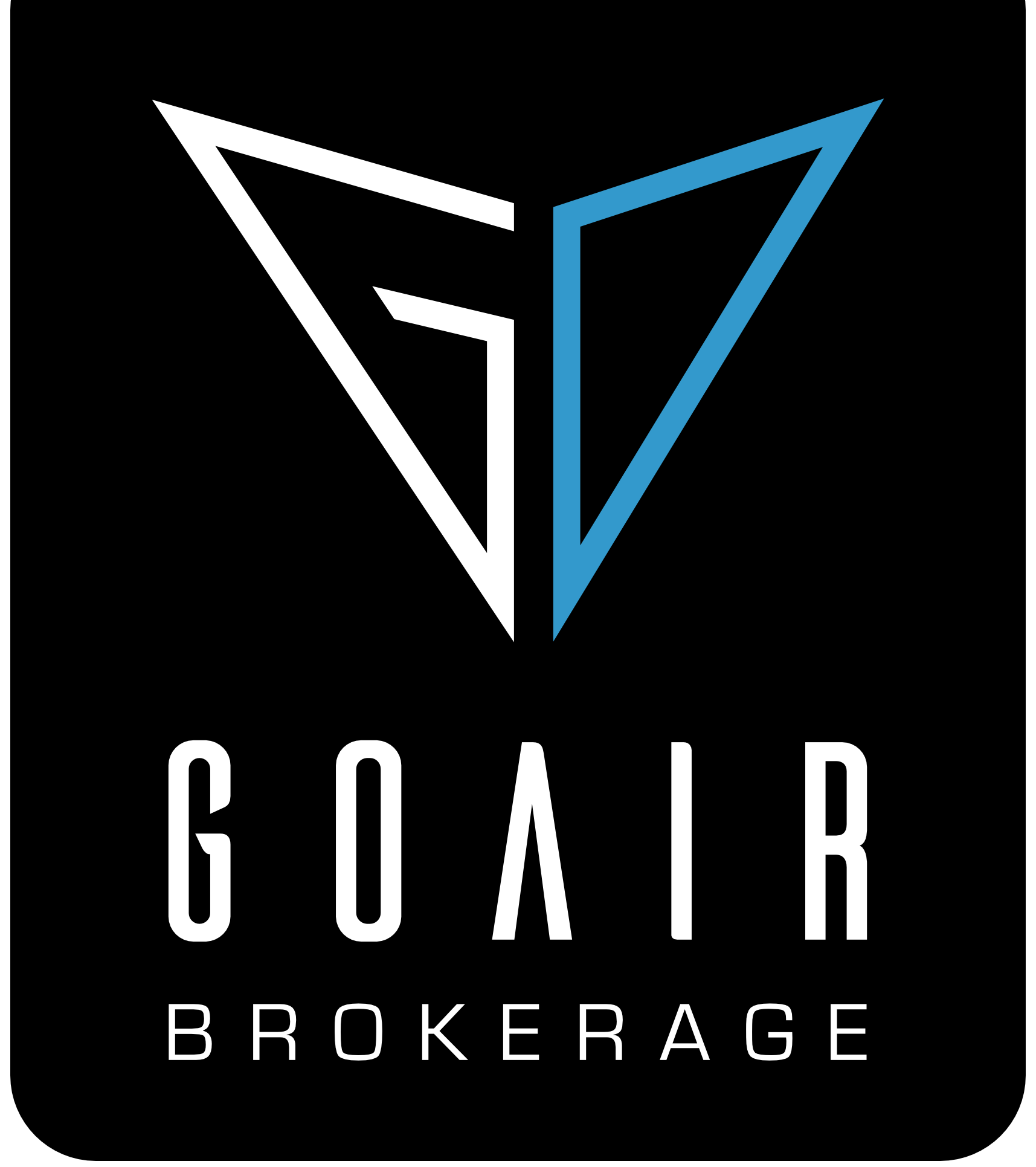Have you ever wondered how businesses efficiently transport their executives, employees, and cargo across the globe? In a world where speed and reliability are paramount, commercial aircraft leasing has emerged as a game-changing solution for companies of all sizes. But what exactly does it take to choose the right wings for your business needs?
If you’re the CEO of a rapidly growing company, and your team’s travel requirements are expanding by the day. Investing in a fleet of aircraft seems daunting, not to mention costly and complex to manage. This is where commercial aircraft leasing enters the scene, offering a flexible and cost-effective alternative to aircraft ownership.
But before you embark on this journey, it’s essential to have a roadmap in place. From understanding your specific needs to navigating the leasing process and managing operational considerations, there are crucial steps to consider along the way. So, how can businesses like yours successfully navigate the world of commercial aircraft leasing?
Join us as we delve into the process of aircraft leasing, uncovering valuable insights and practical tips to help you choose the right wings for your business. Whether you’re a seasoned aviation enthusiast or new to the world of aircraft leasing, this guide will empower you to make informed decisions and soar to new heights.
Types of Leases: Understanding Your Options
When it comes to commercial aircraft leasing, businesses have several lease structures to choose from, each with its own set of benefits and considerations. Here, we’ll explore three primary types of leases: operating leases, finance leases, and wet leases.
- Operating Leases:
Operating leases are often favored by businesses seeking flexibility and minimal long-term commitment. In an operating lease agreement, the lessee (the business leasing the aircraft) pays for the use of the aircraft over a specified period, typically shorter-term than the aircraft’s useful life. At the end of the lease term, the aircraft is returned to the lessor (the owner of the aircraft).
- Benefits:
Flexibility: Operating leases allow businesses to access aircraft without the financial burden of ownership or long-term commitments.
Lower Upfront Costs: Compared to finance leases, operating leases typically require lower upfront payments and may offer more favorable lease rates.
Maintenance Included: Many operating leases include maintenance and support services, relieving lessees of the responsibility for aircraft upkeep.
- Considerations:
Limited Ownership Rights: Since the aircraft is returned to the lessor at the end of the lease term, lessees have limited ownership rights and cannot depreciate the asset on their balance sheet.
Higher Total Costs: While operating leases may have lower upfront costs, the total cost of leasing over multiple short-term agreements may exceed the cost of ownership in the long run.
- Finance Leases:
Finance leases, also known as capital leases, are structured more similarly to a purchase agreement than a rental agreement. In a finance lease arrangement, the lessee essentially assumes ownership of the aircraft for the duration of the lease term, with the option to purchase the aircraft at the end of the lease period for a predetermined residual value.
- Benefits:
Ownership Rights: Lessees have the benefits of ownership during the lease term, including depreciation deductions for tax purposes.
Fixed Payments: Finance leases typically offer fixed monthly payments, providing stability and predictability for budgeting purposes.
Potential Tax Benefits: Depending on accounting rules and tax regulations, lessees may be able to claim tax deductions for lease payments and depreciation expenses.
- Considerations:
Higher Upfront Costs: Finance leases often require larger upfront payments and may involve higher interest rates compared to operating leases.
Maintenance Responsibility: Unlike operating leases, finance leases typically require lessees to assume full responsibility for maintenance, repairs, and insurance.
- Wet Leases:
Wet leases involve the leasing of an aircraft along with crew, maintenance, and insurance (ACMI – Aircraft, Crew, Maintenance, and Insurance). These types of leases are commonly used for short-term or seasonal operations, charter flights, or to supplement an airline’s fleet during peak demand periods.
- Benefits:
Flexibility: Wet leases offer flexibility and scalability, allowing airlines to adjust capacity to meet fluctuating demand without committing to long-term contracts.
Operational Support: By providing a complete aircraft package, including crew and maintenance, wet leases reduce the administrative burden and operational complexities for lessees.
Cost-Efficiency: For short-term needs or specialized operations, wet leases can be a cost-effective alternative to purchasing or leasing aircraft outright.
- Considerations:
Limited Control: Lessees have limited control over the operation and maintenance of the aircraft, as these responsibilities are typically handled by the lessor.
Regulatory Compliance: Wet leases must comply with aviation regulations and safety standards, requiring careful coordination between lessor and lessee to ensure compliance.
In summary, each type of lease offers distinct advantages and considerations depending on the specific needs and objectives of the lessee. By understanding the differences between operating leases, finance leases, and wet leases, businesses can make informed decisions that align with their operational and financial goals.
Legal And Regulatory Compliance
Operating in the aviation industry involves navigating a complex web of legal and regulatory requirements to ensure safety, security, and compliance with international standards. When it comes to aircraft leasing, understanding and adhering to these regulations is paramount to mitigate risks and liabilities. Here’s an overview of the legal and regulatory considerations relevant to aircraft leasing:
- International Aviation Regulations:
International Civil Aviation Organization (ICAO): Established by the United Nations, the ICAO sets global standards and regulations for aviation safety, security, and efficiency.
Federal Aviation Administration (FAA): In the United States, the FAA regulates civil aviation and enforces safety standards for aircraft operations, including leasing arrangements.
- Aircraft Registration And Certification:
Aircraft must be registered with the appropriate civil aviation authority (CAA) in the country where they are operated.
Aircraft leasing agreements must comply with certification requirements, including airworthiness standards and maintenance procedures.
- Lease Agreements And Documentation:
Aircraft lease agreements are legally binding contracts that outline the rights and obligations of the lessor and lessee.
Lease agreements typically cover key terms such as lease duration, rental payments, maintenance responsibilities, insurance requirements, and lease termination provisions.
- Liability And Insurance:
Lessors and lessees must carry adequate insurance coverage to protect against liability for accidents, damage, or loss of the leased aircraft.
Insurance requirements may vary depending on factors such as the type of lease, jurisdictional regulations, and the value of the aircraft.
- Taxation And Financial Regulations:
Aircraft leasing transactions may have tax implications for both lessors and lessees, including depreciation deductions, value-added tax (VAT), and withholding tax.
Financial regulations governing aircraft leasing may vary by jurisdiction and may impact lease structuring, financing arrangements, and accounting treatment.
- Cross-Border Transactions:
International aircraft leasing transactions involve additional complexities related to cross-border taxation, currency exchange rates, and regulatory compliance in multiple jurisdictions.
Legal considerations for cross-border leases may include export-import regulations, customs duties, and bilateral aviation agreements between countries.
Tips For Successful Commercial Aircraft Leasing
Leasing a commercial aircraft is a significant decision that requires careful planning and consideration. To ensure a smooth and beneficial leasing experience, follow these essential tips to navigate the complexities of aircraft leasing and make informed choices that align with your business needs.
- Know Your Needs: Clearly define your requirements in terms of capacity, range, and budget before beginning the leasing process. Understanding these specifics helps narrow down suitable aircraft options and ensures the leasing decision aligns with your operational goals.
- Research Thoroughly: Explore different leasing options and providers, considering factors such as lease terms, maintenance support, and reputation. Comparing multiple offers can provide insights into the market standards and help identify the best deals.
- Understand Lease Structures: Familiarize yourself with various lease structures, including operating leases, finance leases, and wet leases. Knowing the differences can help determine which type best suits your needs, whether it’s flexibility in usage or long-term investment.
- Negotiate Wisely: Negotiate lease terms and conditions, including rental rates, maintenance responsibilities, and lease-end options, to ensure a favorable agreement. Effective negotiation can lead to cost savings and better terms, making the lease more beneficial.
- Consider Regulatory Compliance: Ensure compliance with aviation regulations and legal requirements, including aircraft registration, certification, and insurance. Staying compliant avoids legal issues and potential disruptions in operations.
- Assess Financial Implications: Evaluate the financial implications of leasing versus purchasing an aircraft, including upfront costs, monthly payments, and tax considerations. This assessment helps in understanding the overall financial impact and making informed decisions.
- Plan For Maintenance: Understand maintenance responsibilities and costs associated with leasing, and consider maintenance programs offered by lessors. Proper maintenance planning ensures the aircraft remains in good condition and meets safety standards.
- Seek Expert Advice: Consult with aviation experts and legal counsel with experience in aircraft leasing to navigate complex legal and regulatory requirements. Their expertise can provide valuable insights and help avoid potential pitfalls.
- Review Lease Agreements Thoroughly: Carefully review lease agreements and documentation to understand rights, obligations, and potential liabilities. Detailed scrutiny ensures you are fully aware of the terms and can negotiate changes if necessary.
- Choose A Reputable Brokerage: Select a reputable brokerage or leasing company with industry expertise and a track record of successful leasing transactions. A reliable partner can facilitate a smoother leasing process and offer additional support services.
Why GO Air Brokerage?
At GO Air Brokerage, we offer a range of services designed to meet your unique needs. With over 20 years of flying and aviation sales experience, we’re not just brokers—we’re pilots first. Our team of aviation experts is dedicated to guiding you through every step of the leasing process, from identifying your needs to securing the perfect aircraft. With our personalized approach and extensive industry knowledge, we’re committed to helping you find success in the world of aviation.
- Aviation Brokerage & Acquisitions: Our team will leverage our industry expertise to find the perfect aircraft for you, even before it hits the market.
- Shared Ownership Network: If covering the full cost of an aircraft isn’t feasible, we’ll connect you with our network of buyers to explore shared ownership opportunities.
- Aircraft Consultation: With over two decades of experience, our aviation experts are here to provide the latest industry insights and help you make informed decisions.
- Aircraft Management: Once you’ve acquired your aircraft, let our team handle the day-to-day aircraft management tasks so you can focus on your business priorities.
With GO Air Brokerage by your side, you can navigate the world of commercial aircraft leasing with confidence and peace of mind. Let us help you take your business to new heights.

